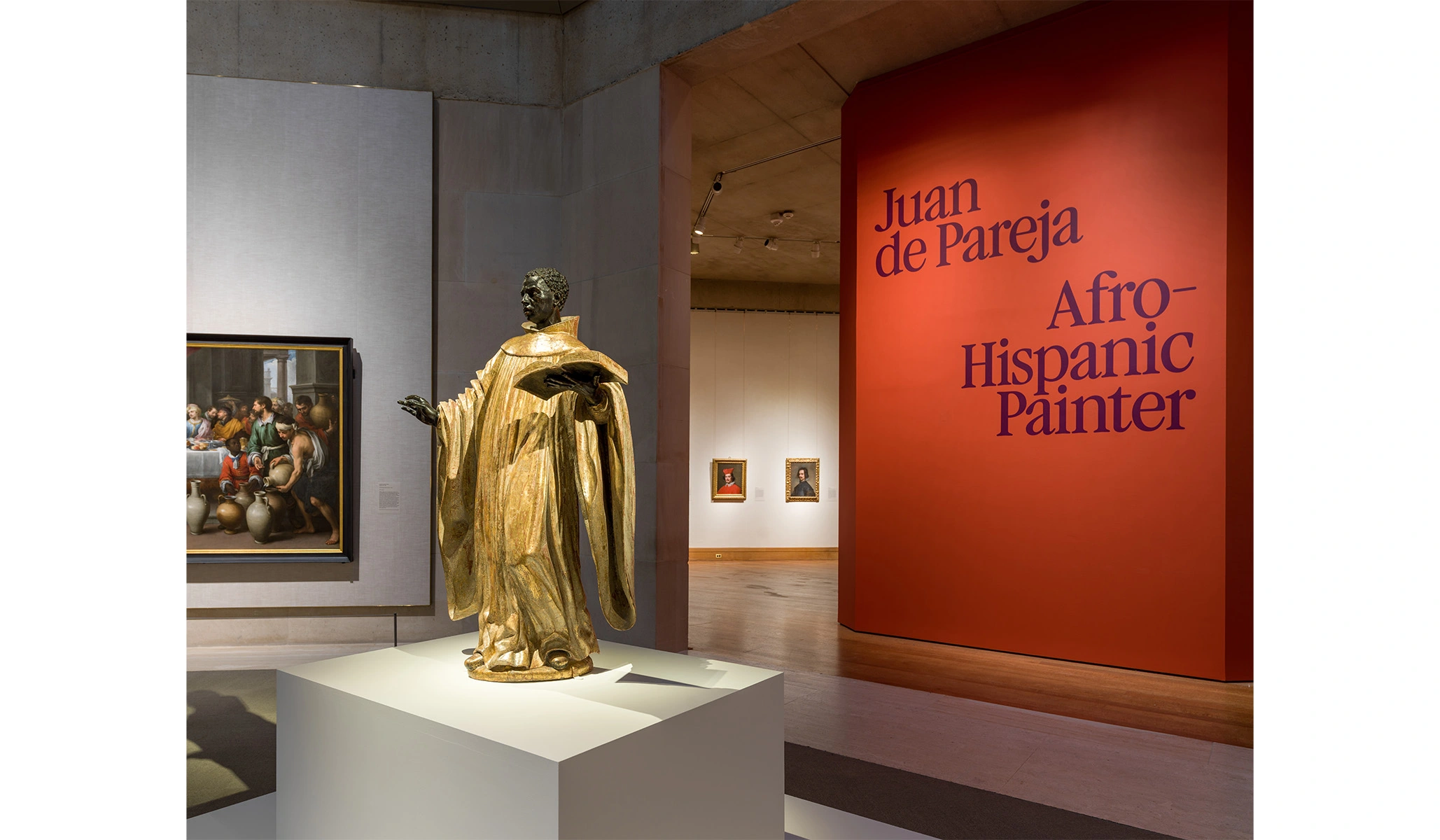“Juan de Pareja: Afro-Hispanic Painter” is a new exhibition at the Met that is topical, revelatory, succinct, smart, and scholarly. The exhibition features eight, possibly ten, paintings by Diego Velázquez, including his famous 1650 portrait of Pareja. This portrait, which depicts Pareja, Velázquez’s assistant and former slave, is a splendid piece and holds a significant place in the Met’s history. The portrait was purchased by the museum in 1971 for a record-breaking price of $5.5 million.
Velázquez, who was primarily known as the court painter for Philip IV, painted only around 250 works in his lifetime. Most of his art can be found at the Prado museum. The Pareja portrait, with its muted grays and blacks, showcases Velázquez’s talent in intimate portraiture. The exhibition sheds light on Pareja’s own artistic production and explores the theme of slavery in Spain, particularly in Seville where Velázquez was born and worked before moving to Madrid.
The exhibition also delves into the Harlem Renaissance and its connection to the Pareja portrait. The curators provide insights into Pareja’s background, although much of it remains speculative. Pareja’s journey from being a slave to an artist is examined, and the exhibition highlights the significance of the portrait in Rome, where Velázquez first displayed it in 1650.
The exhibition starts with a section on Arturo Schomburg, a historian and collector who played a role in the Harlem Renaissance. Schomburg’s trip to Spain in 1926 to research slavery records becomes intertwined with his interest in Pareja. However, the exhibition could have given Schomburg’s role a smaller focus, as his contributions seem more touristical than scholarly.
The concept of Pareja’s African heritage is explored, although the term “Afro-Hispanic” used in the exhibition is seen as a misleading label. Pareja’s background as a Morisco, with Moorish heritage, adds complexity to the understanding of his identity. The exhibition also touches on the Reconquista, the struggle between Christians and Muslims in Spain, which influenced the country’s history and art.
The exhibition showcases works by other artists, such as Francisco de Zurbarán and Bartolomé Esteban Murillo, which provide additional context and perspectives on the theme of race and slavery in Spanish art. However, the inclusion of these artworks could have been better integrated into the overall narrative.
The exhibition culminates with a section on Pareja’s own artistic output, which is seen as competent but derivative. Pareja’s self-portrait in “The Calling of Saint Matthew” is a notable inclusion, as he presents himself as a white man in fancy dress.
Overall, “Juan de Pareja: Afro-Hispanic Painter” at the Met offers a fresh look at Velázquez and his portrait of Pareja. While some aspects of the exhibition could have been better balanced and integrated, it provides valuable insights into the history and significance of the artwork.

